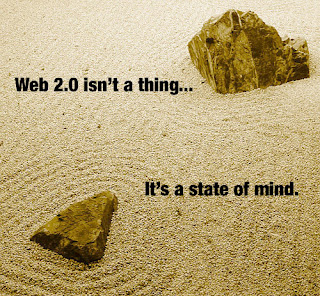
Contrary to popular belief, marijuana was not made illegal in the US because it was considered a dangerous drug. Marijuana was made illegal in the United States for population control of Mexican and Black minorities in the 1930.
With a mix of racism, irrational fear and ignorance, legislators between the decades of 1910's-1930's sought ways to control minorities, afraid that they would one day overthrow the white government. According to Harry J. Asslinger, the first director of the Federal Bureau of Narcotics, marijuana should be outlawed because of "...its effect on the degenerate races." and because "[marijuana] makes darkies think they're as good as white men."
Finally, after a series of congressional hearings in the 1930's, irrational fear won over science and marijuana was made illegal in 1937.
Fast forward to 2007, and marijuana is still very much illegal. Scientific evidence is mounting showing marijuana is not only harmless, but even beneficial. However, the US government is still going strong with its expensive "War on Drugs".
Here are my two cents on why marijuana should be legalized:
Medical reasons.
Medical studies of THC and Cannabinol (here's a good example) show marijuana can be used from nausea prevention and pain relief in chemotherapy patients to glaucoma. Legalization would most certainly lead to further scientific investigation
Save the money spent on the war on drugs and put it to better use.
Say education? Spending just a portion of the $20 billion spent on the much applauded albeit useless “war on drugs” (mostly war on marijuana) on education would improve the chances of younger generations to become more successful in life and decrease the chance of them falling prey of more dangerous drugs (meth comes to mind).
Control the market = reduce crime.
Dealing illegal drugs is very lucrative. Drug dealers form empires around illegal drugs, and they will stop at nothing to keep their money making empires. Legalize the drugs, prices drop, and drug empires hurt.
Stop Americans from subsidizing Middle-Eastern terrorists.
One way Islamic fundamentalists fund their organizations is through drugs. If the government controls the market, it can control where the drugs come from.
Replace extremists in the hearts of Middle-Eastern/South American rural farmers.
Instead of telling poor farmers in Afghanistan that they cannot grow hemp, buy all of their crops before Al-Qaeda does. Farmers will love America and hate Al-Qaeda. Isn’t that what we want?
Get rid of the coolness factor.
If marijuana were not illegal, would it be perceived as a cool recreational drug as it is now?
Eliminate the stigma of using marijuana…
… and chances are that more individuals will stick to marijuana instead of more dangerous drugs such as crack cocaine or methamphetamine. Eliminating the stigma on marijuana will also reduce the stigma of using other drugs, making it easier for individuals with a drug addiction to come out and seek help.
And finally…
Tax the product.
Taxing marijuana would open a brand new source of revenue for the government. Revenue that they could very well use in say….education?














